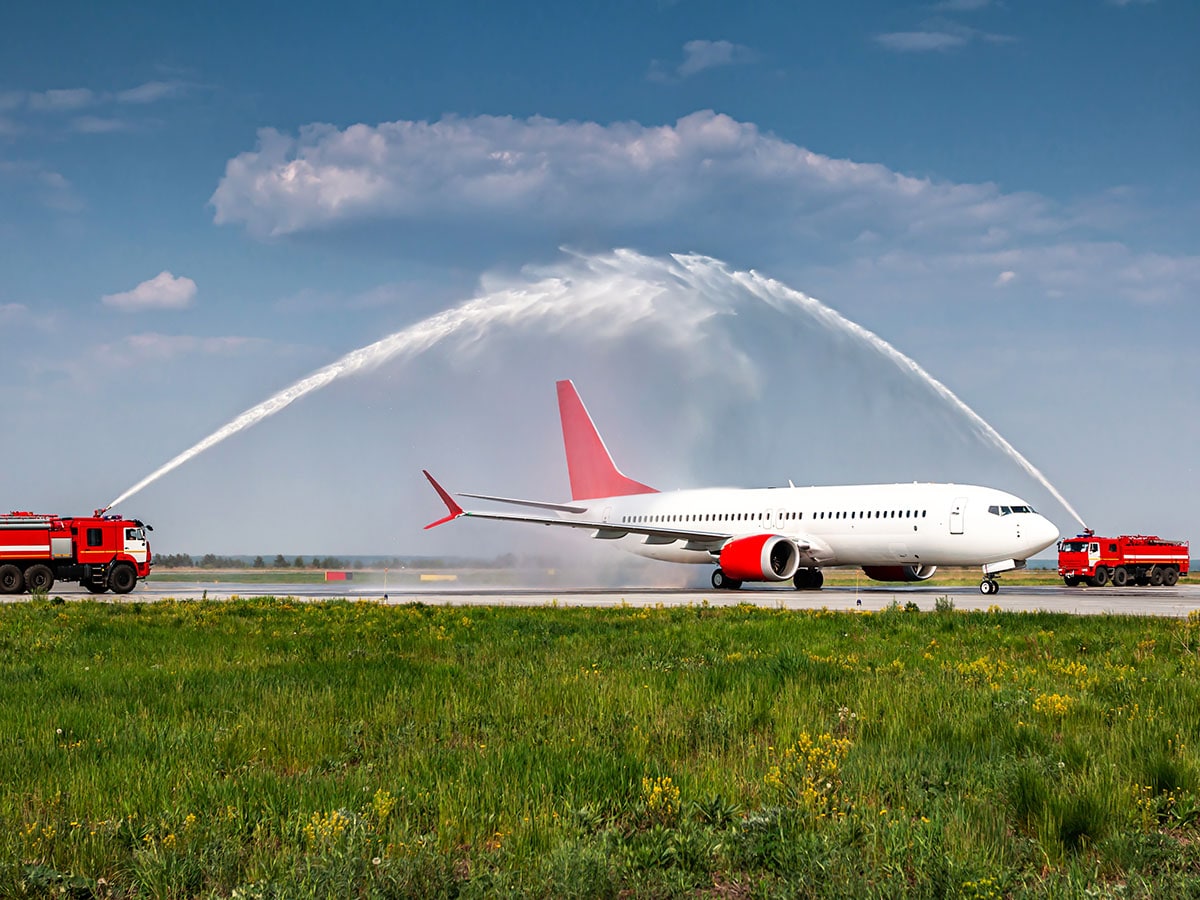Why airline companies switched from renting to buying planes
Professor Mohan Venkatachalam found that a new accounting rule made leasing less attractive for public airlines
 When companies buy an aircraft, they lose the flexibility afforded by leasing to adapt to variable demand. Image: Shutterstock
When companies buy an aircraft, they lose the flexibility afforded by leasing to adapt to variable demand. Image: Shutterstock
Airlines have long been known to lease rather than buy a significant chunk of their planes. But a 2016 rule by the Financial Accounting Standards Board (FASB) made it advantageous for air carriers to switch from leasing to buying their vehicles, with consequences for their idle capacity, flying routes and, potentially, for the wear and tear of their fleet.
Normally, accounting standards provide information about the company to investors, said Mohan Venkatachalam, a R.J. Reynolds Professor of Accounting at Duke University’s Fuqua School of Business. “They should not change how firms do business,” he said. “But surprisingly, for public airlines, we found that’s what happened.”
In the paper, “Leasing Loses Altitude While Ownership Takes Off: Real Effects of the New Lease Standard,” published in The Accounting Review, Venkatachalam and Bin Li of Vanderbilt University (a Fuqua Ph.D.) examined the effects of ASC 842, a rule that updated how companies should record their "operating leases" on their financial reports.
The researchers found that the new rule deeply affected airlines’ operational strategy, leading them to prioritize different sizes of aircraft and to fly shorter routes, the kinds of operational decisions that impact — among other things — the aging of the fleet and its maintenance requirements.
Why companies were incentivized to rent
Before the 2016 rule, public companies used to benefit from classifying equipment, vehicles, or buildings they rented as “operating lease,” Venkatachalam said.
[This article has been reproduced with permission from Duke University's Fuqua School of Business. This piece originally appeared on Duke Fuqua Insights]

















